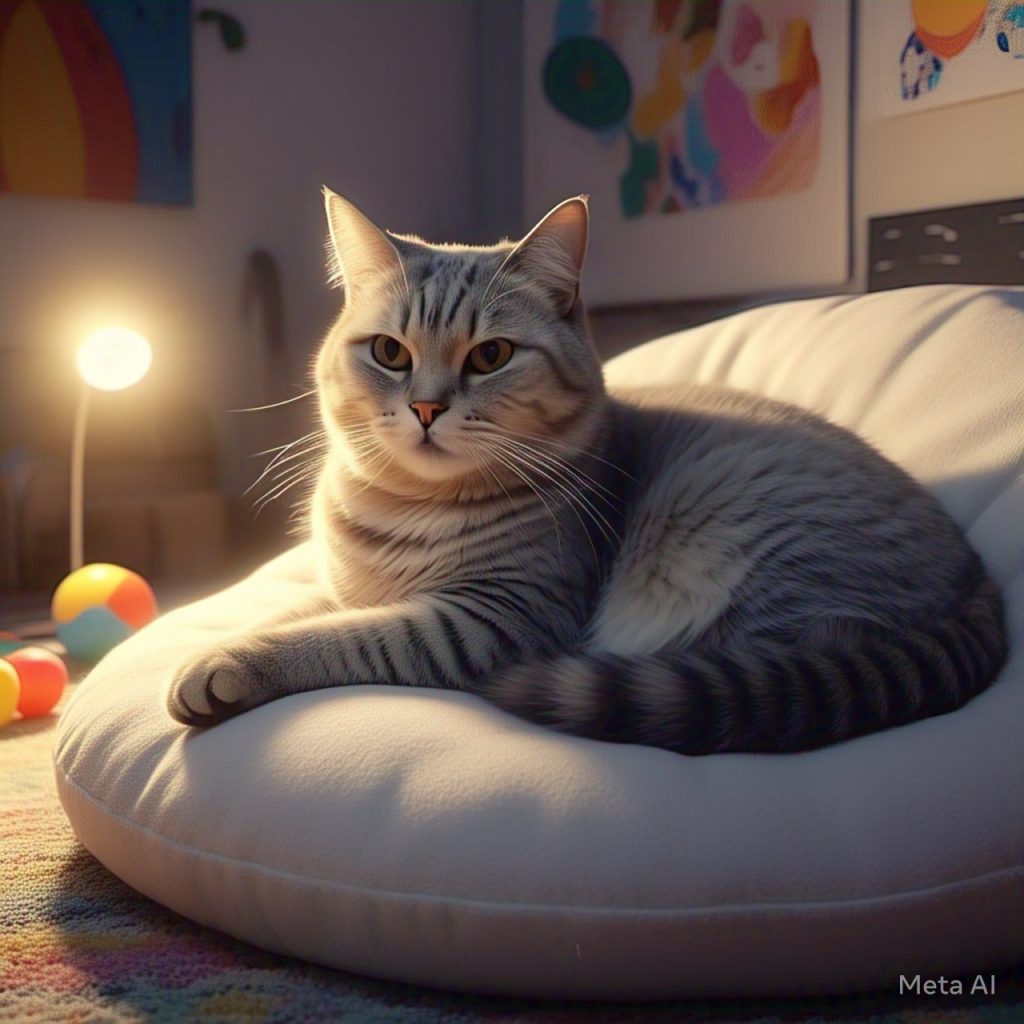If you have an unspayed female cat, also known as a queen, you may experience the challenges of her heat cycle. A cat in heat exhibits vocalization, restlessness, and excessive affection due to hormonal changes that prepare her for mating. Knowing how to manage this behavior is crucial for both the cat’s comfort and your peace of mind.
In this guide, we will break down the signs, duration, home remedies, and long-term solutions for a cat in heat while optimizing the content for SEO to ensure you find it easily when searching for reliable information.
Understanding the Feline Heat Cycle
Before addressing how to care for a cat in heat, it’s important to understand the reproductive cycle of felines.
1. What Is a Heat Cycle?
A cat’s heat cycle, or estrus, is a phase in which she becomes sexually receptive and seeks a mate. This biological process is influenced by hormones and environmental factors, particularly daylight hours. Cats are polyestrous breeders, meaning they can go into heat multiple times a year.
2. When Do Cats Go Into Heat?
- Female cats typically experience their first heat cycle between 4 to 6 months of age.
- The cycle can occur every 2 to 3 weeks during the breeding season, usually from spring to fall.
- Heat lasts 4 to 7 days on average but can extend up to two weeks if the cat does not mate.
3. Signs That Your Cat Is in Heat
- Excessive Vocalization – Loud yowling or meowing, especially at night.
- Restlessness & Agitation – Increased pacing and seeking attention.
- Frequent Urination & Spraying – Marking territory with strong-smelling urine.
- Rubbing & Rolling – Increased affection, rubbing against objects and rolling on the floor.
- Elevated Tail & Posturing – Raising the rear and moving the tail to the side in a mating stance.
- Increased Escape Attempts – Trying to get outside to find a mate.
How to Help a Cat in Heat: Home Remedies & Care Tips
If your cat is in heat and you are not planning to breed her, you need strategies to manage her behavior and discomfort.
1. Keep Her Indoors & Secure
- Ensure all doors and windows are locked to prevent her from escaping.
- Use baby gates or barriers if necessary.
2. Provide a Warm, Comfortable Space
- A heating pad, warm blanket, or snuggle-safe disc can help soothe her.
- Some cats respond well to a warm rice sock placed near them.
3. Increase Playtime & Distractions
- Engage your cat in interactive play with toys, feather wands, or laser pointers.
- Provide puzzle feeders and scratching posts to keep her occupied.
4. Offer Extra Affection & Comfort
- Some cats feel better with gentle petting and brushing.
- Others prefer solitude, so give her space if needed.
5. Use Cat Pheromone Diffusers
- Feliway or other pheromone sprays/diffusers can create a calming effect.
6. Try Herbal Remedies
- Catnip: May work as a temporary sedative for some cats.
- Chamomile & Valerian Root: Can be given under vet supervision.
7. Keep Her Litter Box Clean
- A dirty litter box may increase marking behavior.
8. Use White Noise or Soft Music
- Calming classical music or white noise machines may help mask external noises that could trigger mating behavior.
9. Reduce Exposure to Male Cats
- Close curtains and windows to prevent her from seeing or smelling outdoor male cats.
10. Consult Your Vet for Medical Intervention
- Hormonal Suppressants: Some temporary medications can delay heat cycles but may have side effects.
- Sterilization (Spaying): The only permanent solution to prevent heat cycles.
Long-Term Solution: Spaying Your Cat
If you are not planning to breed your cat, spaying is highly recommended.
1. Benefits of Spaying
- Eliminates heat cycles and associated behaviors.
- Prevents unwanted pregnancies.
- Reduces the risk of ovarian, uterine, and mammary cancers.
- Decreases the likelihood of territorial spraying.
- Helps control the stray cat population.
2. When to Spay Your Cat
- Ideally, before the first heat cycle (around 4-6 months).
- Can still be done later but may not eliminate all heat-related behaviors if she has gone through multiple cycles.
3. What to Expect After Spaying
- Some temporary discomfort post-surgery, which can be managed with pain relief.
- Cats usually recover within 10 to 14 days.
- A decrease in hormone-driven behaviors over time.
FAQs About Cats in Heat
Q1: Can I spay my cat while she’s in heat?
- Yes, but it’s more complicated and may cost more due to increased blood flow to the reproductive organs. It’s best to wait until she’s out of heat.
Q2: How often will my cat go into heat?
- Every 2-3 weeks during the breeding season if she’s not spayed.
Q3: Does my cat feel pain during heat?
- While not painful, being in heat can be frustrating and stressful for her.
Q4: Can I use human medications to calm my cat in heat?
- No. Human medications can be toxic to cats. Always consult a vet.
Q5: Will my cat’s personality change after spaying?
- No significant changes, but she may become calmer and less territorial.
Final Thoughts
A cat in heat requires patience and proper care to reduce stress and unwanted behaviors. Home remedies such as extra playtime, warmth, and pheromones can help, but spaying remains the best long-term solution for both your cat’s well-being and the prevention of overpopulation.
By understanding your cat’s needs during this time, you can make her experience more comfortable while ensuring a peaceful home environment.
Would you like more personalized advice or tips based on your cat’s specific behavior? Let me know!

